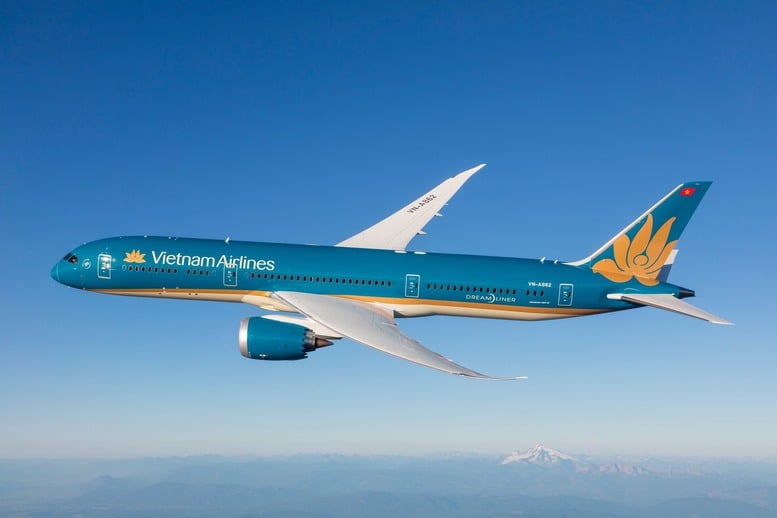
Vietnam Airlines has clearly defined its digital transformation strategy with the goal of becoming "the region's leading digital airline by 2025".
Digital transformation - creating the future of Vietnamese aviation
Digital transformation has become an inevitable trend in the global aviation industry, with prominent trends such as digitizing the entire operational value chain, applying AI and Big Data in predictive maintenance, robotizing ground operations, using sustainable aviation fuel, and expanding the global flight network through alliances and digital platforms.
In Vietnam, Vietnam Airlines has clearly defined its digital transformation strategy with the goal of becoming "the leading digital airline in the region by 2025". Based on three pillars including digital technology , digital data and digital culture, the airline has deployed a series of technological solutions to modernize its operational processes, improve efficiency and quality of passenger service.
In cooperation with major technology corporations such as Microsoft, Amazon Web Services and IBM, Vietnam Airlines has applied artificial intelligence to the predictive maintenance system – helping to analyze real-time aircraft status data, predict technical failures and optimize maintenance schedules. The result is increased safety, reduced operating costs and limited aircraft grounding time.
In the passenger service field, the airline has developed a mobile application that integrates ticket booking, online check-in, real-time baggage tracking and wireless in-flight entertainment. Smart chatbots support customers 24/7, while augmented reality (AR) and virtual reality (VR) technologies have been applied in staff training and tourism product promotion.
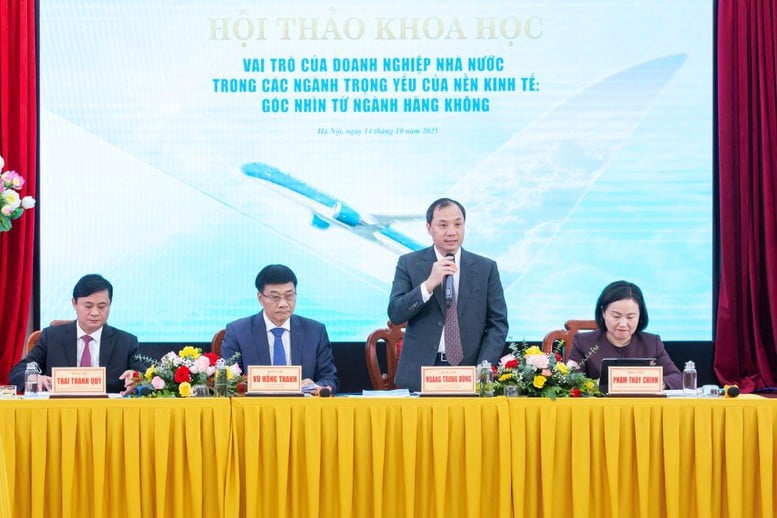
The scientific workshop “The role of state-owned enterprises in key sectors of the economy: Perspective from the aviation industry” organized by Communist Magazine on October 15 recently affirmed the pivotal role of state-owned enterprises in difficult times, especially the role of Vietnam Airlines - Vietnam's national airline.
Not only airlines, digital transformation has also spread to the airport system managed by the Airports Corporation of Vietnam (ACV). Major airports such as Noi Bai and Tan Son Nhat have deployed AI camera systems to count passenger traffic, automatic boarding gates, QR code boarding passes and the A-CDM smart coordination system, helping to reduce waiting time and save millions of liters of fuel each year.
Despite many achievements, digital transformation in the aviation industry also faces many challenges, such as ensuring cybersecurity, shortage of high-tech human resources, or the problem of technology investment costs in the context of limited post-pandemic finances. Vietnam Airlines and other aviation businesses are actively looking for solutions, including linking with universities, enhancing internal training and building a culture of innovation within the business.
National identity in the world sky
Not only a means of transportation, aviation is also a modern foreign cultural institution, where national identity is expressed every day through images, sounds, cuisine and service style. In that role, Vietnam Airlines has become a "national brand ambassador", contributing to promoting Vietnamese culture to the world in a lively, daily and multi-sensory way.
From the image of the golden lotus on the fuselage, the traditional ao dai of the flight attendants, the friendly and hospitable service style, to dishes such as beef pho and spring rolls on the flight - Vietnam Airlines has created a "Vietnamese experience in the air" for millions of international passengers. On long-haul flights, the airline even introduces stories about Vietnamese dishes, combines movies and folk music to enhance the identity factor in the flight.
Vietnam Airlines’ international routes not only connect destinations, but also expand the country’s “soft borders”. Each flight to Europe, Australia or Northeast Asia brings Vietnam closer to the local public – thereby supporting tourism development, investment, cultural exchange and people-to-people diplomacy.
Vietnam Airlines also actively participates in international cultural exchange events, such as the Vietnamese Cultural Festival in Japan and France; and coordinates with the Ministry of Foreign Affairs to organize Vietnamese Cultural Weeks in many countries. These activities not only help spread Vietnamese cultural values, but also create a friendly, close and unique national image.
In the long-term strategy, Vietnam Airlines aims to continue developing its brand associated with Vietnamese cultural identity. Cultural experts recommend exploiting more of the aviation service space to integrate typical elements such as: traditional background music, images of scenic spots in the cabin, handicraft products sold on the plane, or menus with regional flavors. The human factor also plays an important role - flight attendants, pilots, and ground staff are the "direct ambassadors" who interact with passengers. Fostering cross-cultural communication skills and understanding of national culture and history will help this team express Vietnamese identity in a subtle and effective way.
However, balancing cultural factors and commercial requirements is not a simple problem. Airlines need to choose creative solutions to express their identity without increasing costs or reducing business efficiency. For example, keeping the Ao Dai design but using light, elastic materials suitable for the service environment; or choosing traditional music that is gentle and easy to accept for international guests.
Finally, for the Vietnam Airlines brand to truly represent the Vietnamese national brand, coordination between ministries, sectors and businesses is needed. The Ministry of Culture, Sports and Tourism, the Ministry of Foreign Affairs, the Ministry of Transport, etc. should work with businesses to build a strategy to promote culture through the aviation space - from content, design to funding. This is a long-term task that requires thorough investment, but is the door to expanding Vietnam's cultural - economic - diplomatic influence globally.
PT
Source: https://baochinhphu.vn/gan-ket-chuyen-doi-so-va-ban-sac-quoc-gia-trong-khong-gian-hang-khong-hien-dai-102251017100024185.htm



![[Photo] Closing ceremony of the 18th Congress of Hanoi Party Committee](https://vphoto.vietnam.vn/thumb/1200x675/vietnam/resource/IMAGE/2025/10/17/1760704850107_ndo_br_1-jpg.webp)




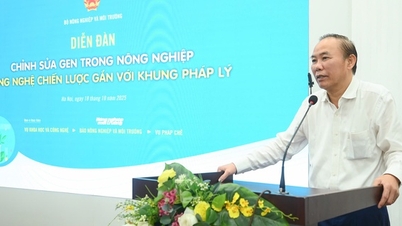
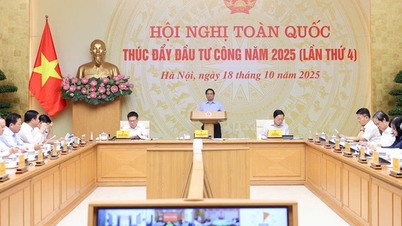
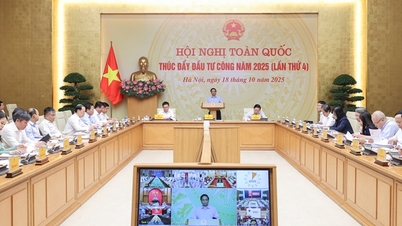
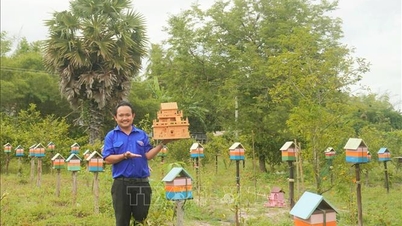



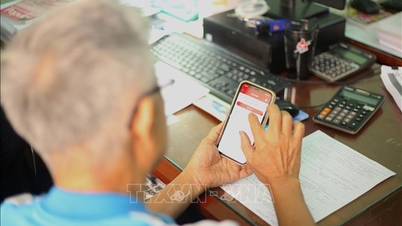






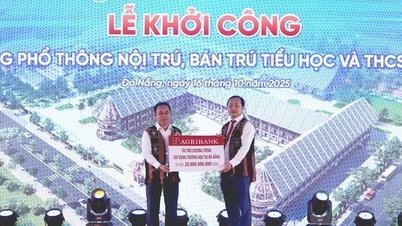
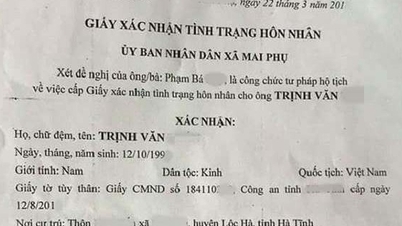
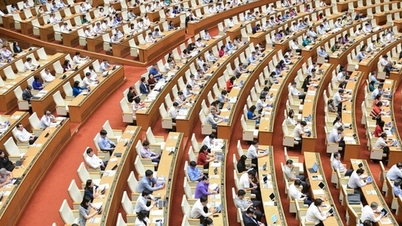


![[Photo] Nhan Dan Newspaper launches “Fatherland in the Heart: The Concert Film”](https://vphoto.vietnam.vn/thumb/1200x675/vietnam/resource/IMAGE/2025/10/16/1760622132545_thiet-ke-chua-co-ten-36-png.webp)







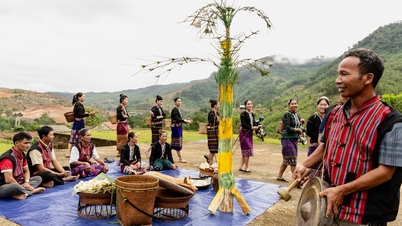





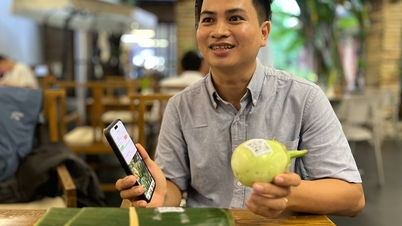



















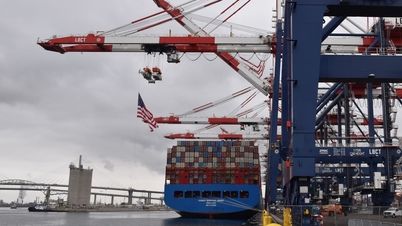
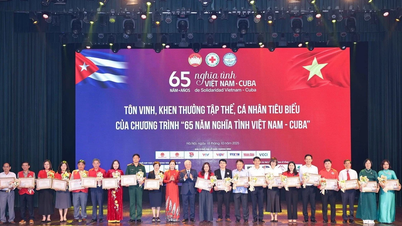

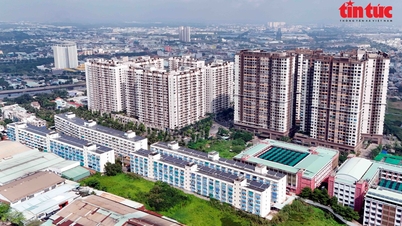
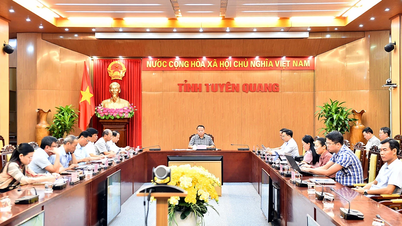

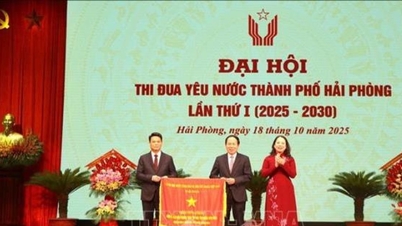








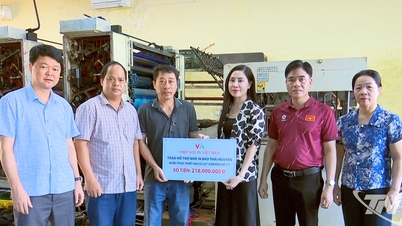

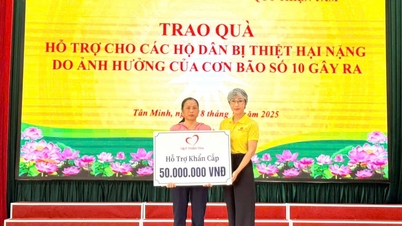



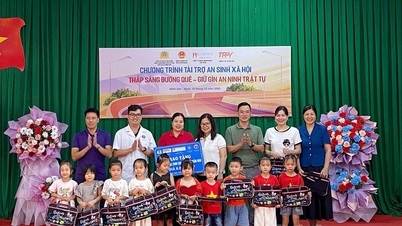
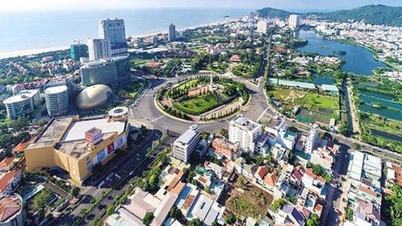

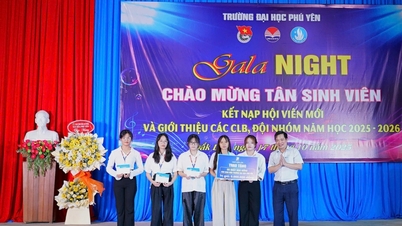

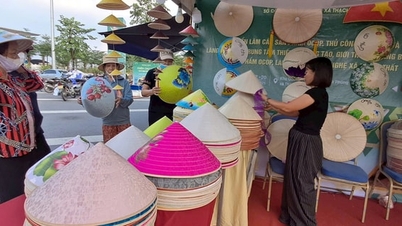













Comment (0)